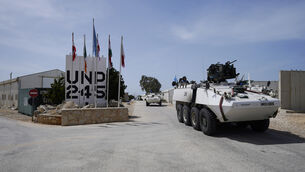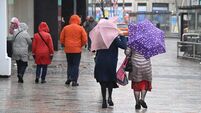Ireland: Drugs port of call
GIVEN the sheer volume of cocaine constantly crossing the Atlantic, it should come as little surprise that some is coming into Irish waters.
In January 2006, the United Nations drugs expert warned that Colombian cartels had identified Britain and Ireland as “vulnerable”.













